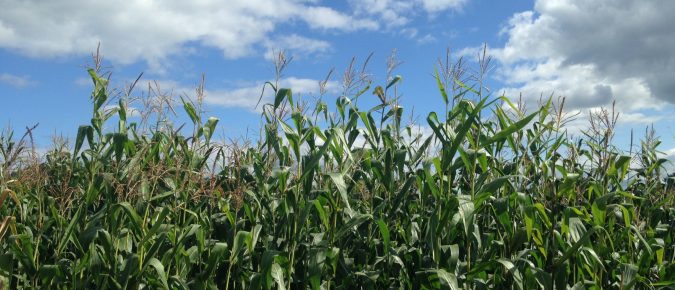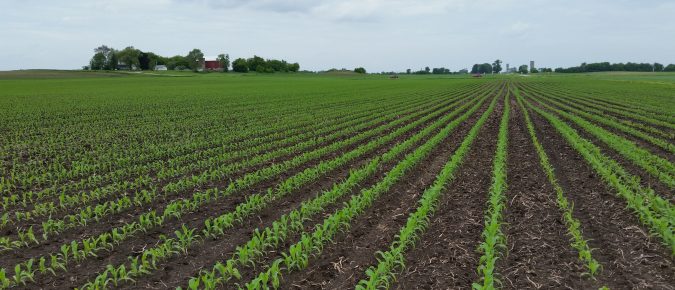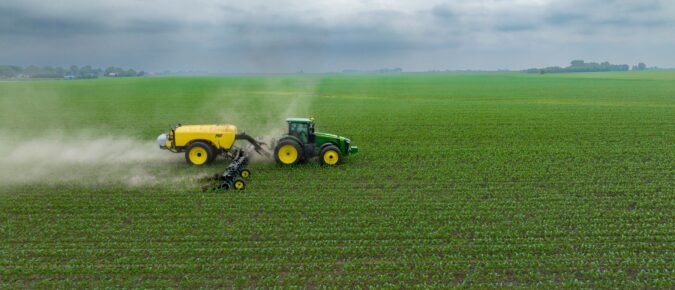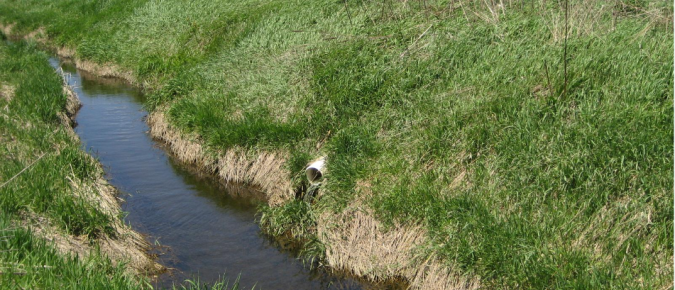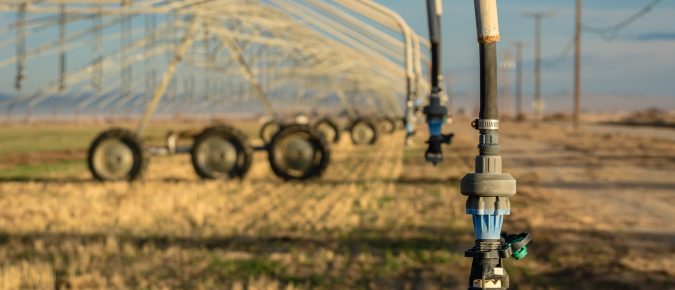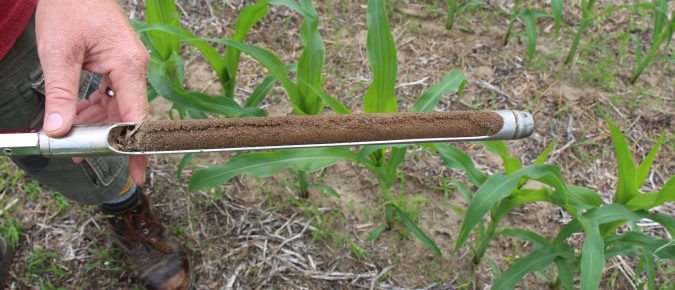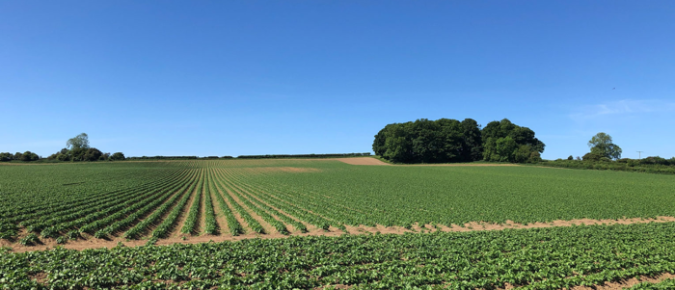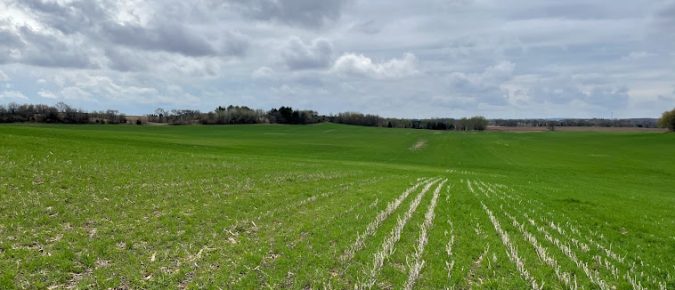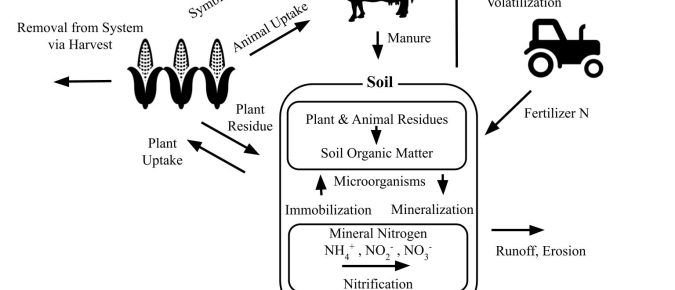Dr. Steven Hall, Assistant Professor in the Department of Plant and Agroecosystem Sciences, and Guolong Liang, Agriculture Water Quality Outreach Specialist, discuss water quality impacts under different crop rotations in Wisconsin.
Dr. Lindsey Hartfiel, Discovery Farms Research Program Manager, and Kelsey Hyland, Agriculture Water Quality Outreach Specialist, discuss nitrate leaching.
Nitrogen (N) is at the center of agronomy, climate change, and water quality conversations. Farms are striving to achieve higher yields and quality while reducing emissions and leaching losses by improving their nitrogen use efficiency.
How do we optimize the use of commercial nitrogen and reduce nitrate leaching? Guolong Liang, agriculture water quality outreach specialist, and Monica Schauer, research director for NOPP, discuss the importance of nitrogen optimization and the strategies to reduce nitrate leaching. Learn about how agronomic results and water quality impacts connect with lessons from an on-farm trial from the Nitrogen Optimization Pilot Program (NOPP) from 2023.
In this article, we will discuss the presence of nitrate in irrigation water and opportunities to budget nitrogen in irrigation, to make farms more efficient in using nitrogen and reduce over-fertilization which in turn will protect groundwater.
The use of tile drainage is becoming more popular in Wisconsin. Installing a tile drain system can be a great tool to dry soil out faster, improving the timeliness of field operations throughout the cropping season. However, how do tile systems influence water movement off of the field, and what are the water quality implications?
”Nitrogen Leaching in Central Sands: Regional & Field-based Estimation.” This webinar had two speakers, Guolong Liang (outreach specialist in UW-Extension’s Ag water quality program) and Emily Marrs Heineman (graduate student within the Nelson Institute of Environmental Studies, UW-Madison).
This article was originally published in The Journal of Nutrient Management Discovery Farms’ Nitrogen Use Efficiency Project provides farmers and agronomists opportunities to evaluate their N management to determine the economic and environmental impacts of current practices. With five growing seasons of data collection and 300 fields in our database, we have established benchmarks for […]
Professionals working with farmers to increase the adoption of water quality practices will benefit from insights provided by new social science research. Placing management recommendations into a social, psychological and economic context can help professionals customize communication to farmers to address their barriers and motivations to adopting practices.
Nitrate leaching occurs more easily in Central Wisconsin because of coarse-textured soils and the types of crops commonly grown in Central Wisconsin which generally receive large amounts of nitrogen. Soil nitrate can easily be lost to groundwater particularly after heavy rainfalls.
Nitrate loads to groundwater have increased statewide, with studies estimating that over 10% of private wells in Wisconsin exceed the health standard of 10 mg/L. Researchers are looking at cover crops as part of a solution.
The fate of N is highly affected by on-farm factors such as cropping system, management practices, soil type and hydrology, as well as external factors such as weather conditions. There are many pathways for N loss from a cropping system including:

